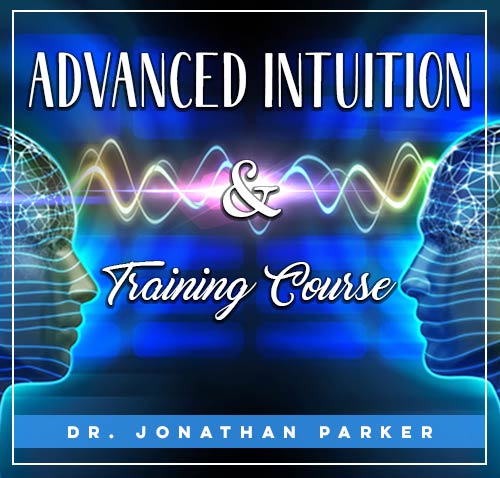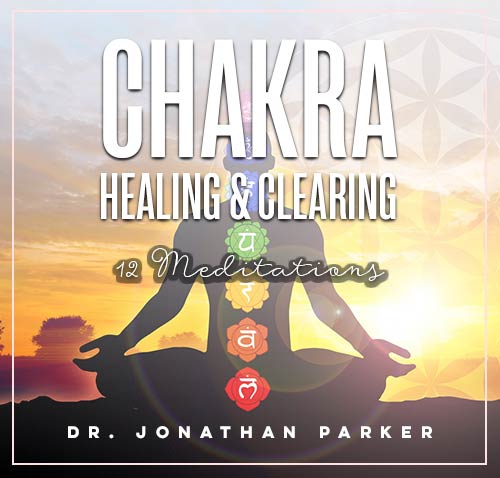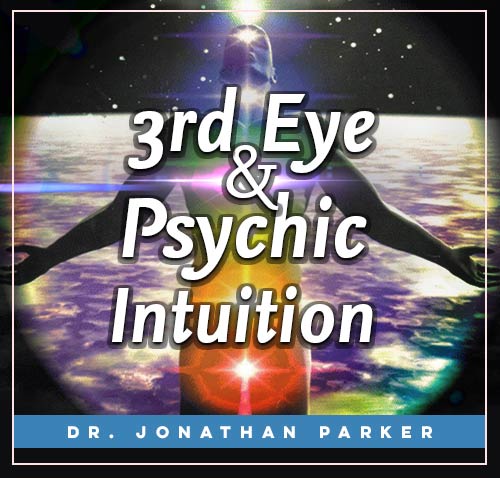How to Meditate Without Opening the Third Eye

Looking for more amazing products? Check out our online store and explore our collection here! Happy shopping!
Before diving in, please note: This post is for informational purposes only. If you’d like to know more about how we approach topics, feel free to check out our friendly Disclaimer Page.
Hey there, amazing readers! 
We’re committed to delivering quality posts, and your support (even just sticking around despite the ads) means everything to us. So, bear with us, and thanks for helping us keep the good vibes rolling. Now, on to the fun stuff!
TRANSLATE BUTTON AT THE END OF THE ARTICLE
A Quick Overview
Meditation is a practice that has been around for centuries and is known for its numerous benefits on mental, emotional, and physical well-being.
However, there is a common misconception that meditation always involves opening the third eye, a concept that is associated with spiritual awakening and psychic abilities.
While some individuals may choose to explore the opening of the third eye through meditation, it is not necessary for everyone.
In fact, there are many alternative meditation techniques that can be just as effective in promoting relaxation, mindfulness, and inner peace without the need to open the third eye.
In this article, we will explore how to meditate without opening the third eye and discuss different meditation techniques that you can try.
The Importance of Meditation
Meditation plays a crucial role in promoting overall well-being by helping individuals to relax, reduce stress, improve focus, and enhance self-awareness.
It allows individuals to develop a sense of inner peace and calm amidst the chaos of daily life.
By taking time to meditate regularly, individuals can cultivate a deeper connection with themselves and gain a better understanding of their thoughts and emotions.
Benefits of Meditation
The benefits of meditation are vast and well-documented.
Some of the key benefits include:
Reduced stress and anxiety
Improved focus and concentration
Enhanced emotional well-being
Increased self-awareness
Improved sleep quality
Boosted immune system
Lowered blood pressure
Enhanced creativity
Increased feelings of compassion and empathy
Greater sense of inner peace and calm
What is the Third Eye?
The third eye, also known as the Ajna chakra in traditional Indian spiritual practices, is believed to be a center of intuition and insight.
Opening the third eye is said to awaken psychic abilities, enhance spiritual awareness, and connect individuals to higher realms of consciousness.
Some meditation practices focus on activating and opening the third eye to access these higher states of awareness.
Dangers of Opening the Third Eye
While some individuals may be drawn to the idea of opening their third eye, it is important to note that there can be potential dangers associated with this practice.
Opening the third eye without proper guidance or preparation can lead to overwhelming psychic experiences, heightened sensitivity, confusion, and even psychological distress.
It is essential to approach the practice of opening the third eye with caution and seek guidance from experienced teachers or mentors.
Alternative Meditation Techniques
There are numerous alternative meditation techniques that do not involve opening the third eye and can still provide a wide range of benefits.
Some of these techniques include:
Breathing Exercises for Meditation
Breathing exercises are a fundamental aspect of meditation and can help individuals to focus their minds and calm their nervous systems.
One popular breathing technique is diaphragmatic breathing, where individuals focus on breathing deeply into their diaphragm rather than shallow chest breathing.
This can help to reduce stress and promote relaxation.
Body Scan Meditation
Body scan meditation involves systematically scanning the body from head to toe, bringing awareness to each part of the body and noticing any sensations or tensions that arise.
This technique can help individuals to release physical tension, improve body awareness, and promote relaxation.
Loving-Kindness Meditation
Loving-kindness meditation, also known as Metta meditation, involves sending positive thoughts and well-wishes to oneself and others.
By cultivating feelings of love, compassion, and goodwill, individuals can strengthen their emotional well-being and develop greater empathy towards others.
Guided Visualization Meditation
Guided visualization meditation involves imagining a peaceful, serene place or scenario and visualizing it in great detail.
This technique can help individuals to relax, reduce stress, and tap into their creative and imaginative abilities.
Mantra Meditation
Mantra meditation involves repeating a word, phrase, or sound (mantra) silently or aloud during meditation.
This practice can help individuals to focus their minds, quiet mental chatter, and deepen their state of relaxation.
Walking Meditation
Walking meditation is a form of meditation that involves walking slowly and mindfully, paying attention to each step and the sensations of walking.
This practice can help individuals to cultivate mindfulness, improve focus, and connect with the present moment.
Mindfulness Meditation Techniques
Mindfulness meditation involves bringing full awareness to the present moment, observing thoughts and sensations without judgment.
By practicing mindfulness, individuals can develop a greater sense of self-awareness, reduce stress, and cultivate inner peace.
Conclusion
In conclusion, meditation is a powerful practice that can bring numerous benefits to individuals seeking to improve their overall well-being.
While opening the third eye is a concept that is often associated with meditation, it is not necessary for everyone to explore this aspect of practice.
There are many alternative meditation techniques that can provide similar benefits without the potential risks associated with opening the third eye.
By exploring different meditation techniques such as breathing exercises, body scan meditation, loving-kindness meditation, guided visualization, mantra meditation, walking meditation, and mindfulness meditation, individuals can find a practice that resonates with them and helps them to cultivate inner peace, relaxation, and self-awareness.

The Enlightenment Journey is a remarkable collection of writings authored by a distinguished group of experts in the fields of spirituality, new age, and esoteric knowledge.
This anthology features a diverse assembly of well-experienced authors who bring their profound insights and credible perspectives to the forefront.
Each contributor possesses a wealth of knowledge and wisdom, making them authorities in their respective domains.
Together, they offer readers a transformative journey into the realms of spiritual growth, self-discovery, and esoteric enlightenment.
The Enlightenment Journey is a testament to the collective expertise of these luminaries, providing readers with a rich tapestry of ideas and information to illuminate their spiritual path.
Our Diverse Expertise
While our primary focus is on spirituality and esotericism, we are equally passionate about exploring a wide range of other topics and niches 

To ensure we provide the most accurate and valuable insights, we collaborate with trusted experts in their respective domains 
Our blog originally focused on spirituality and metaphysics, but we’ve since expanded to cover a wide range of niches. Don’t worry—we continue to publish a lot of articles on spirituality! Frequently visit our blog to explore our diverse content and stay tuned for more insightful reads.
Hey there, amazing reader! 
Check out our store here and take a peek at some of our featured products below! Thanks for being awesome!














